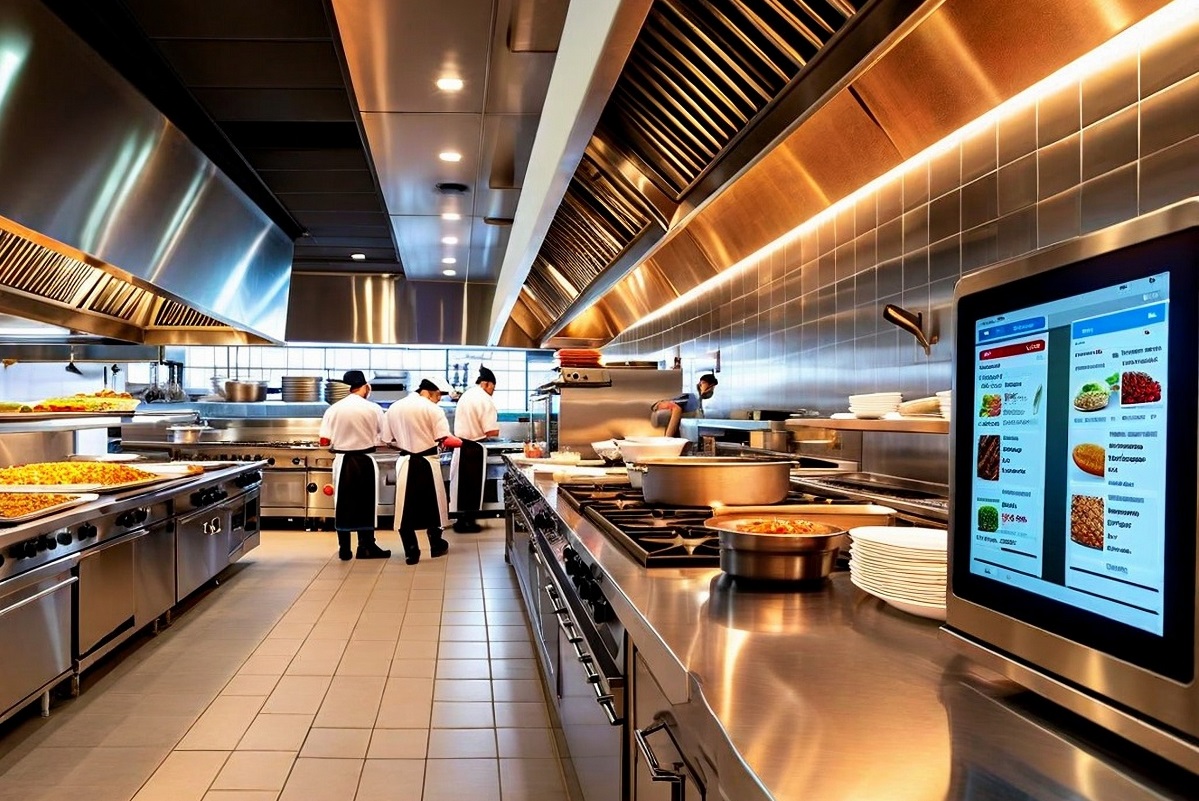In the best of times, managing a foodservice business successfully means being mindful of your costs and protecting your profit margins.*
These are not the best of times.
The presence of the pandemic makes protecting your margins and eliminating unnecessary costs more important than ever before, and this guide may help. Today we’re presenting seven tips to help you manage costs within your business so you can navigate the current COVID-19 environment and establish successful habits for the market after the pandemic subsides.
Be vigilant with your labor costs
Let’s start with one of your largest expenses — labor. Furloughs and layoffs have made labor costs a sensitive subject in today’s environment, but your business likely can’t afford to have extra staff these days. The bottom line simply can’t bear it.
Scheduling conservatively can help you ward off unnecessary expenses — just be ready to pitch in and help should customer demand exceed your team’s capacity. This is also a good time to invest in training your team as it will make team members efficient and keep them committed to your business. This protects you from the costs of having to replace employees due to turnover.
Lastly, consider implementing a time-tracking software solution. These systems can alert you if employees are in danger of going into overtime and you can also monitor when employees clock in and out to ensure everyone is using their allocated time wisely.
Optimize your inventory
You already vigilantly monitor your food costs to ward off waste, but now’s the time to get even more creative with those otherwise discarded items. Adjust your menu to add options like soup stocks, cocktails and other items that are tailored to use items you would otherwise discard. It’s a great way to get life out of those previous expenses.
Reimagine your menu
In the past you may have adjusted your menu based solely on how well items do or don’t sell. Now’s the time to look again at your menu with an eye toward how much given items may cost you. This expense could be due to the sheer price point of the ingredients or it could be because you are forced to purchase certain ingredients that are only used in a single menu item. Now’s the time to ask: Could those items be eliminated? Is there another way to incorporate or replace those ingredients so they are not brought in for a single purpose?
In addition to reviewing ways to control costs surrounding your menu, this is also a nice chance to review opportunities to enhance your profits. Encourage your serving staff to push highly profitable menu items. On the kitchen side, your bottom line could also benefit from efforts to replace lower-margin menu choices with higher-profit selections.
Invest in automation
While automated solutions may seem like an additional cost, over time an effective automated solution may actually save your company money. Utilizing automated solutions to tackle routine tasks like hood cleaning and oil management can allow you to send staff home and complete these tasks for a fraction of the cost. In addition, because you’re being mindful of your staff’s exposure risk, you’ll find automated solutions can also support your ability to distance your staff and reduce their infection risk as much as possible.
Rethink your vendor strategy
In the past we’ve talked about adjusting your vendor strategy in order to minimize your staff’s exposure to numerous delivery drivers. However, rethinking your delivery vendor strategy can also have benefits when it comes to reviewing your costs.
Are the vendors you’re working with right now the most affordable? Now’s the time to look, and while sorting through numerous vendors can be time consuming, it’s worth your time to know you’re paying less for the same products. This could also be a good time to talk with your vendors to see if you can get a better price for bulk ordering. This not only can save you money, it may reduce driver visits to your building, allowing you to accomplish both of your goals at the same time.
Maximize your seasonality and regionality
Utilizing seasonal foods allows you to provide your customers with fresh offerings. It can also help you reduce your costs. This is because seasonal menu items are often less expensive than non-seasonal fare. You can further support this strategy by adhering to a regional philosophy. By sticking close to home, you eliminate the costs associated with shipping frozen product long distances. You can also increase your chances of finding a better price by opening yourself to increased competition from a wide array of regional suppliers.
Partner up
For many restaurants, drawing customers inside their walls remains a struggle. One way you can overcome this is to partner up with other local businesses to provide customers value they won’t find anywhere else. For example, you could partner with a local brewer to provide new beverage options at your restaurant. You could also partner with a movie theater, spa or escape room for event packages that include dinner at your restaurant followed by vouchers for their business.
Watching your bottom line every moment
These seven tips are just a few of the things you can do to control costs in your business. We’re all in this together, and until the pandemic subsides, every dollar saved helps tremendously.
To learn more about how automated solutions from Restaurant Technologies can help your business control its costs, contact us today.
*Nothing herein constitutes legal advice or other formal direction or guidance of any kind. The information offered herein is offered for general information purposes only.





